Check out there 14 learning activities using chalk including sensory play ideas, kids arts and crafts, and STEAM – perfect for play-based learning.
Summer is over.
And, I have packed most of our summer gear away. It’s at this time of year, I always find myself with the remnants of products in-hand, unsure if I should save them or throw them out.
Mostly-used sunscreen, bubble solution, and broken down chalk all make this list. While I don’t have a proposed solution for the two formers, I love creating learning activities using chalk.
On the topic of play-based learning, I would love to remind you of some incredible opportunities to engage your children through play. First, the book, The Undeniable Power of Play, focuses on learning through play and hands-on activities. Want to engage in more playful learning with your kids? Check out the #PowerofPlay52 challenge on Instagram, and join in the fun! Car themed learning activities were a recent prompt, and here is a list of tons of car activities that you can try with your own kids at home. Stay up to date by joining The Undeniable Power of Play on Facebook too!
Now for that broken down box of chalk! Here are 14 learning activities using chalk!
14 Learning Activities Using Chalk
Coloured Cloud Dough // Parenting from the Heart
Homemade Colored Sensory Salt // Twitchetts
DIY Chalk Paint // Our Whimsical Days
Learning with Art & Math // The Educator’s Spin on it
Human Sundial Shadow Science Experiment // Rhythms of Play
How Big is a Whale: Outdoor Science Activity // Edventures with Kids
Spring Showers Cloud Dough Sensory Bin // Adventures with Adam
Water and Chalk Art // Clare’s Little Tots
DIY Chalk Board Table // Messy Litte Monster
Chalk Walk // Inspiration Laboratories
Cave Paintings for Children // The Natural Homeschool
Lavender Sensory Play and Play Dough // Teaching Two and Three Year Olds
Shadow Outdoor Science // Rhythms of Play
Drawings with Chalk on Foam Trays // Preschool Toolkit
Don’t forget to check out The Undeniable Power of Play!
More posts in this series include:







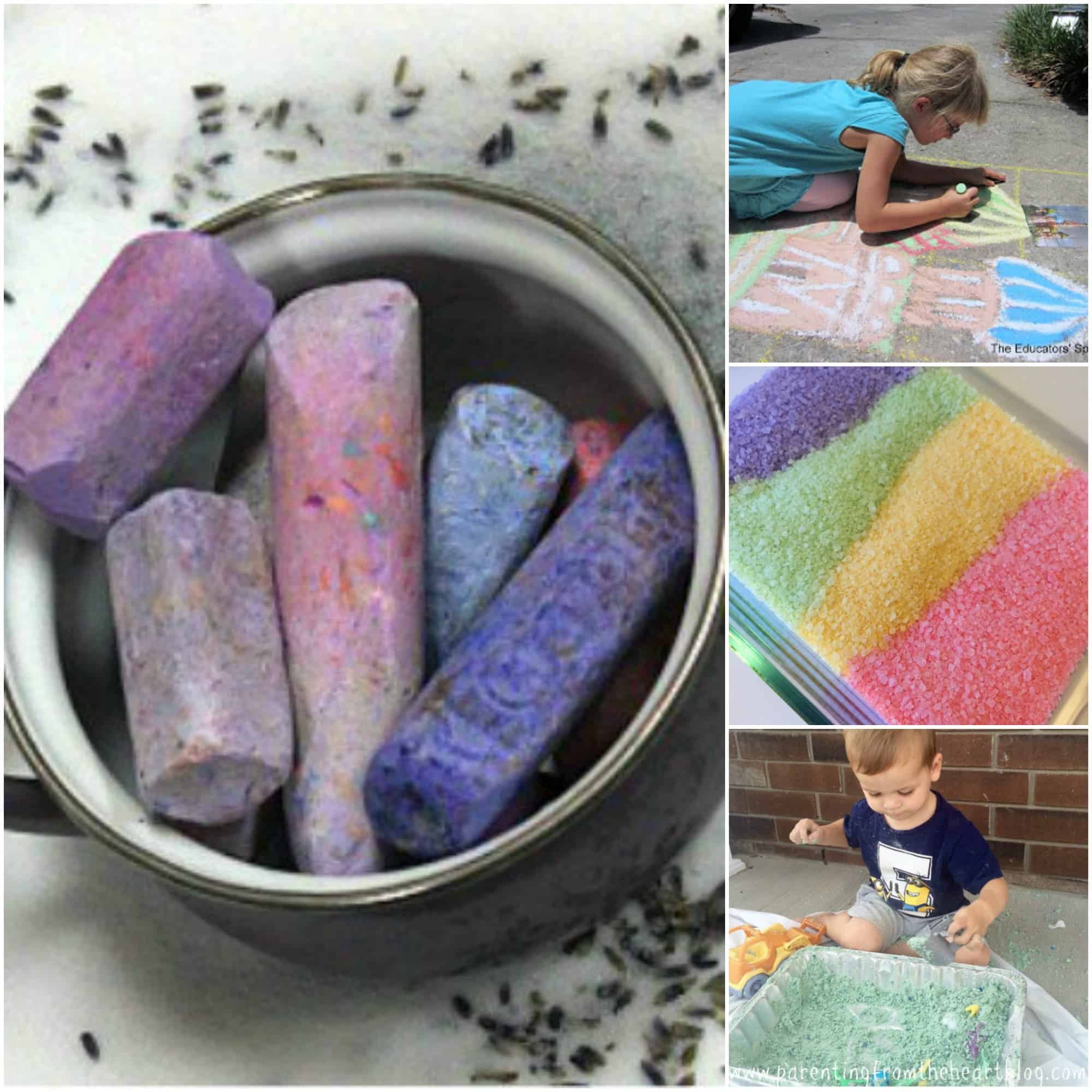
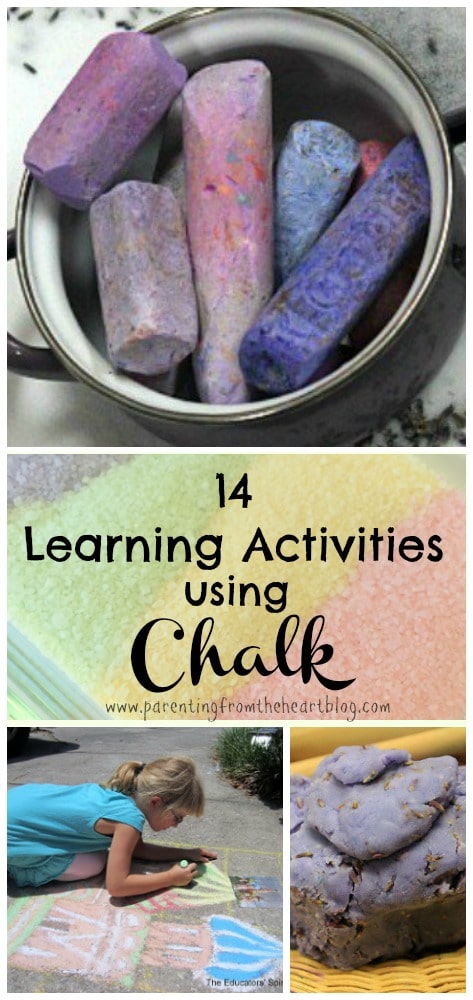
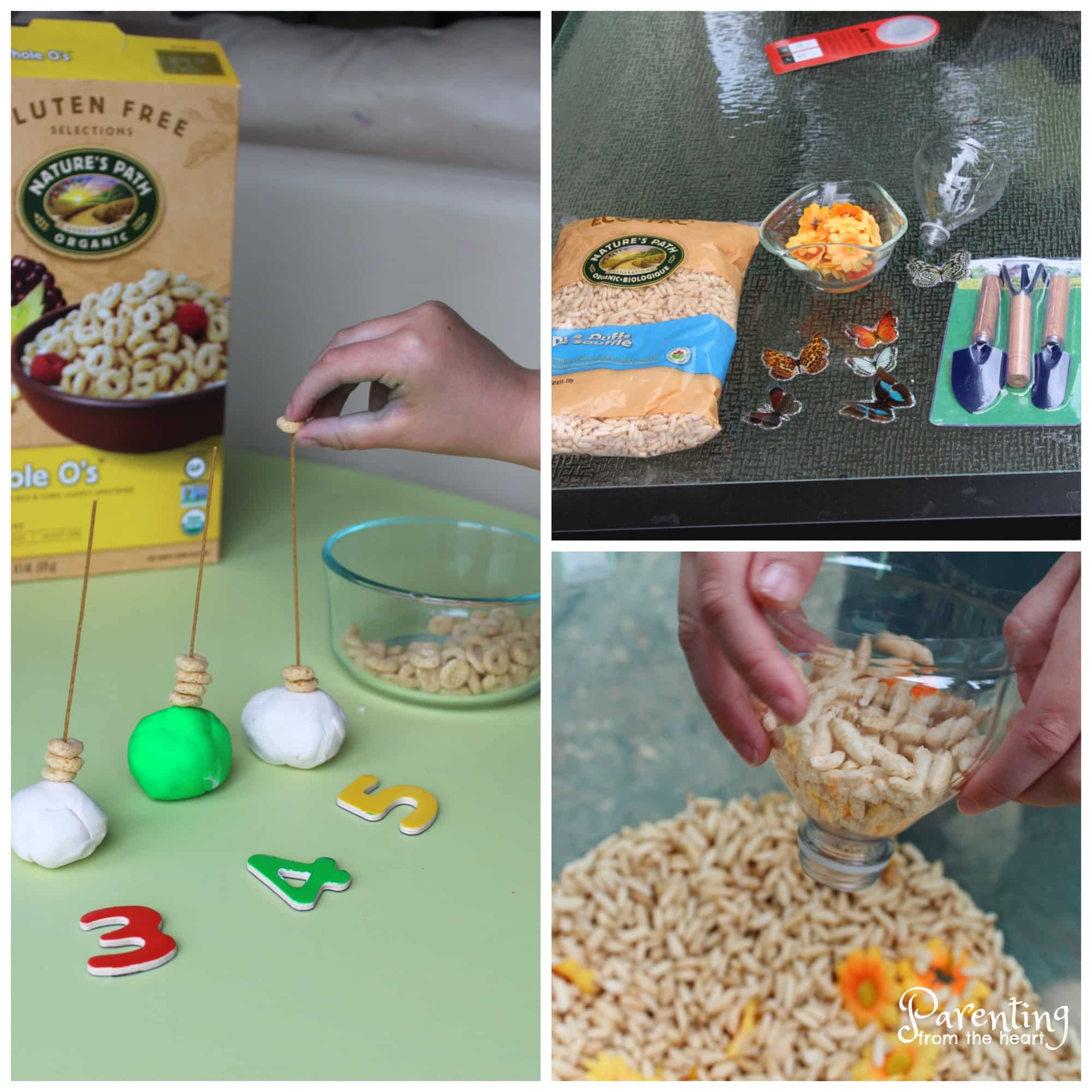
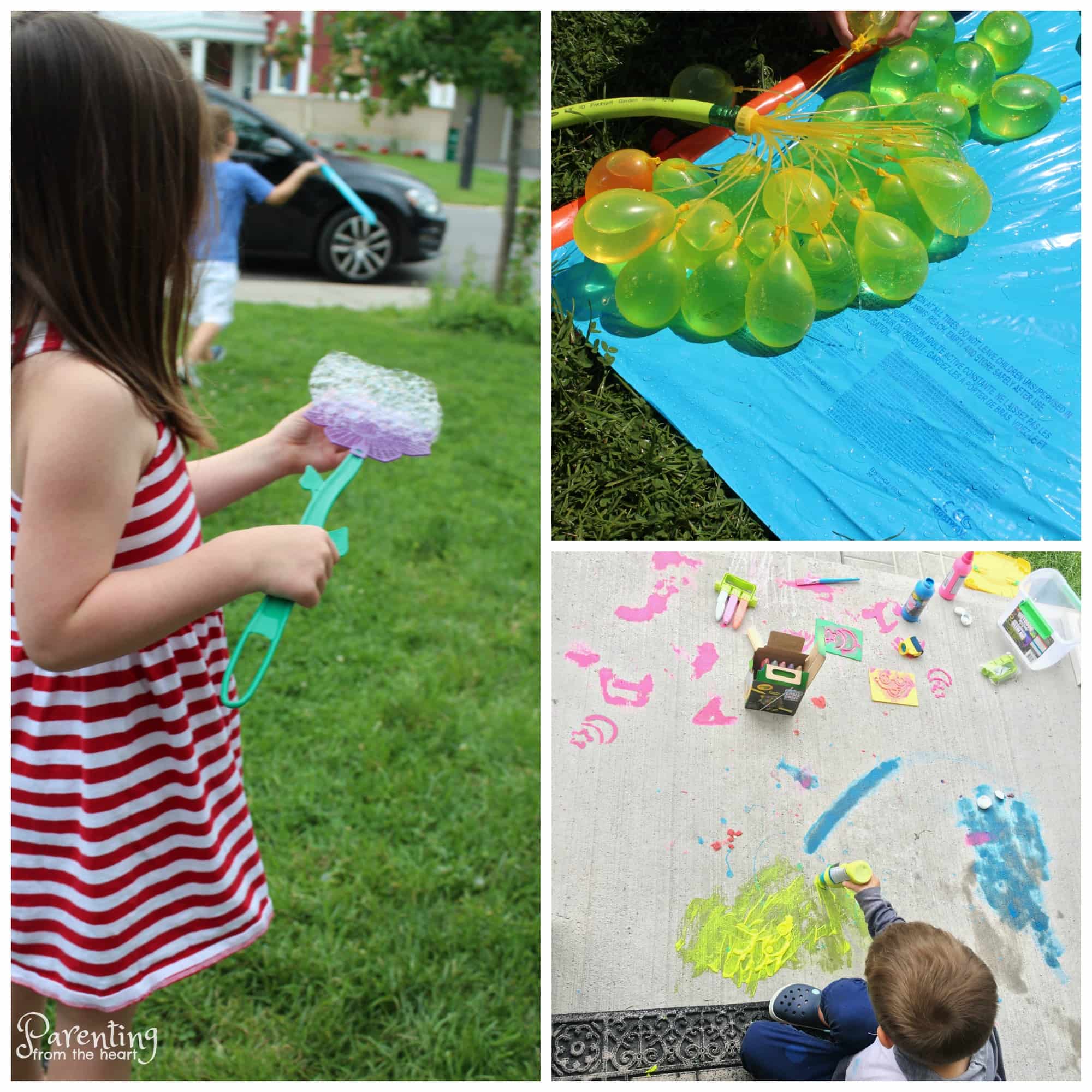
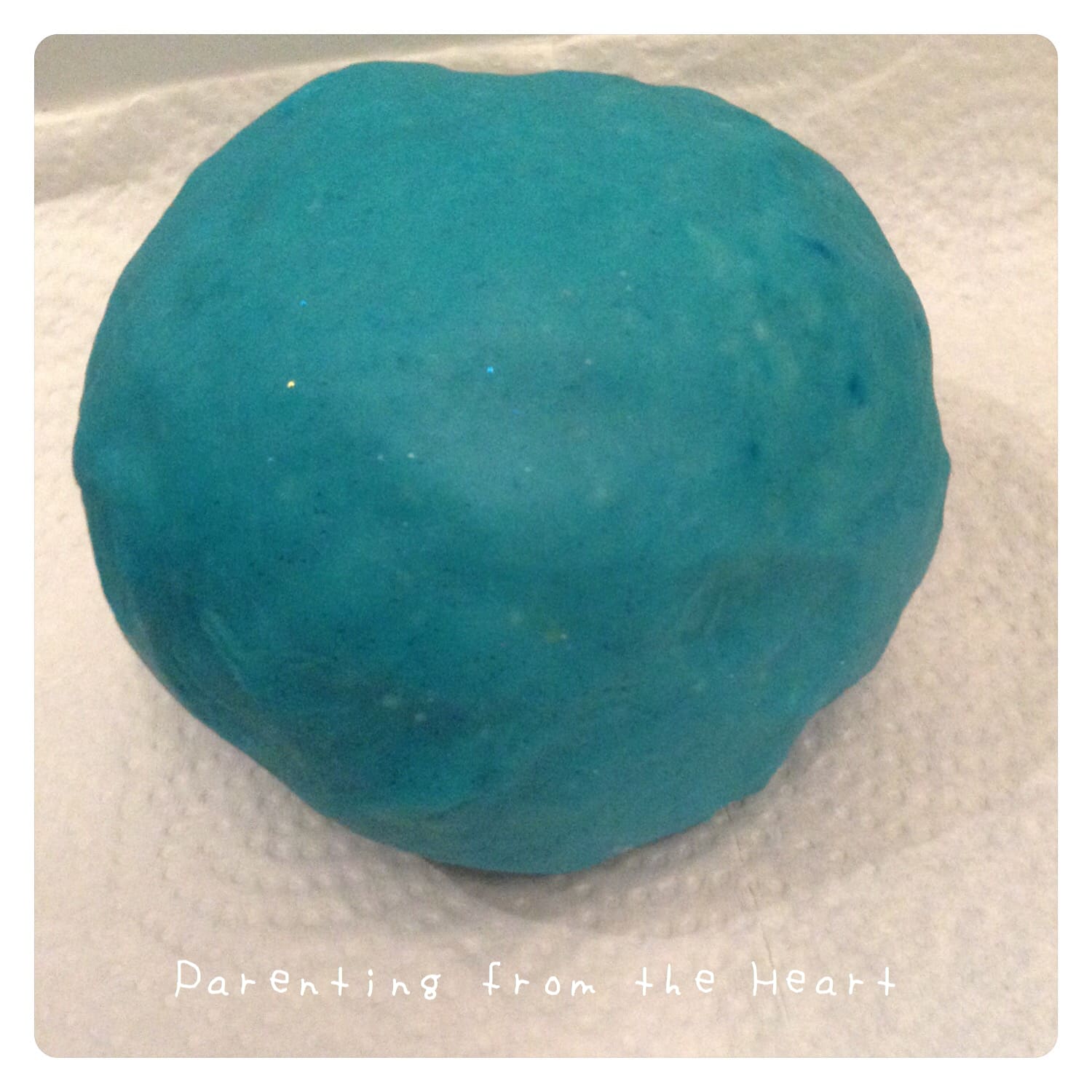
I shared The Undeniable Power of Play with my sister who is a speech pathologist and audiologist with special needs and autistic children. The school will not allow her to download anything on the iPad they provide, so I provided her your website (as well as ViewsFromaStepStool and Twitchetts). She called to thank me and plans to visit when she can. She said she found some great tools to use with her “kids”. Keep up the good work!
Thank you so much, Kathi! I really appreciate your support!!!
Fun collection of activities! Thank you for including our shadow art and human sundial!
You seem to have the same link for the diy chalk paint and the colored salt. I am looking for the chalk recipe! ☺
Thank you so much for letting me know! Here is the link http://www.ourwhimsicaldays.com/home/diy-chalk-paint If you’d like a simpler recipe equal parts cornstarch and water plus food colouring works really well too (we use paint brushes or dollar store spray bottles.